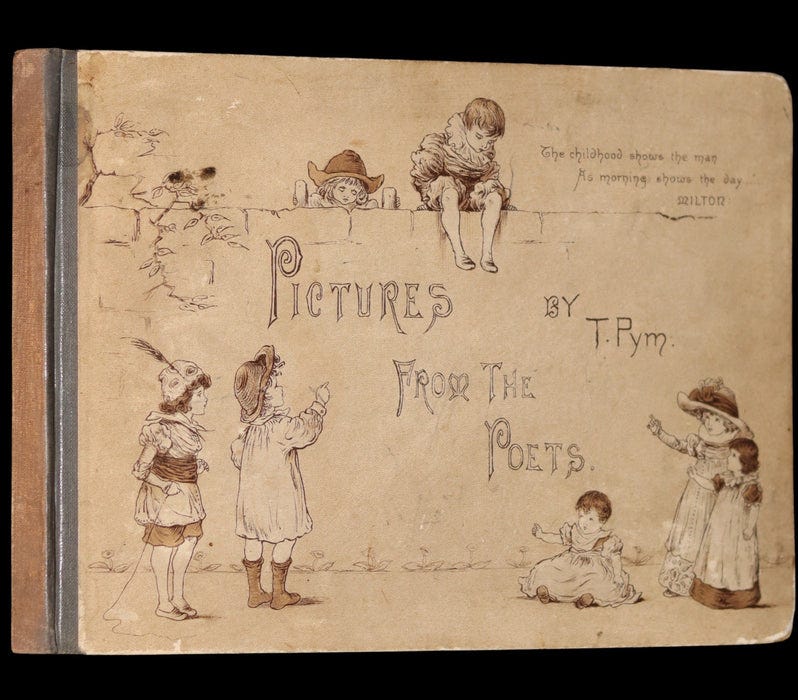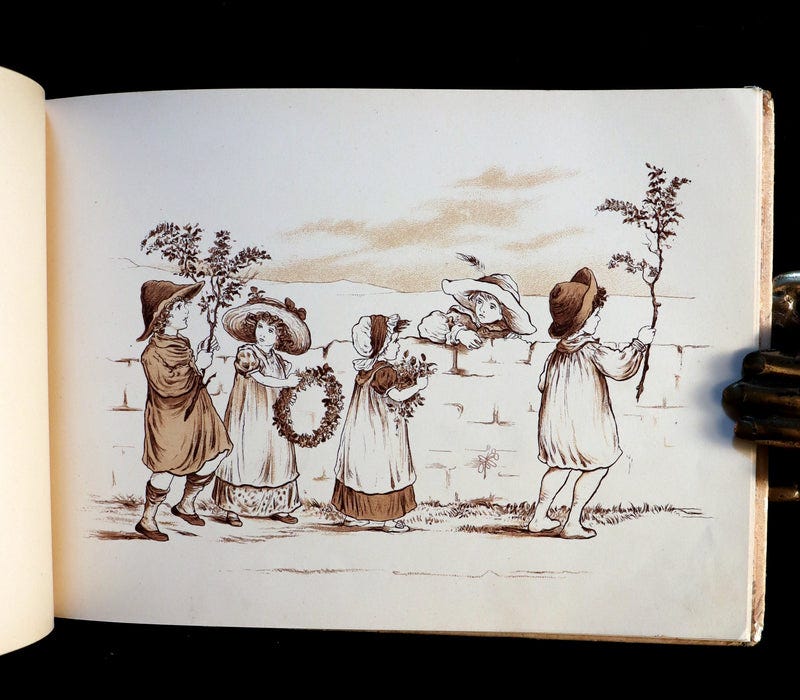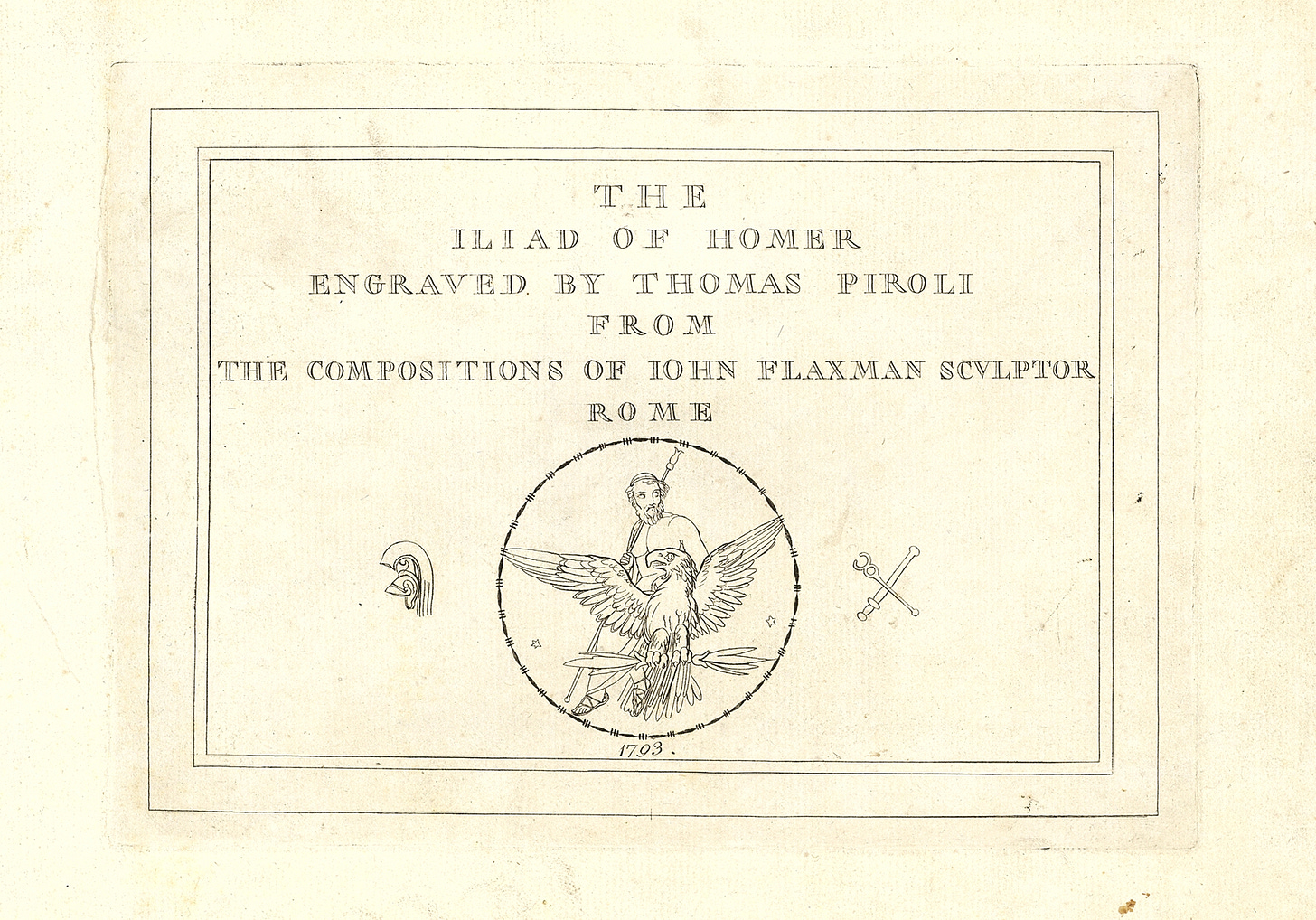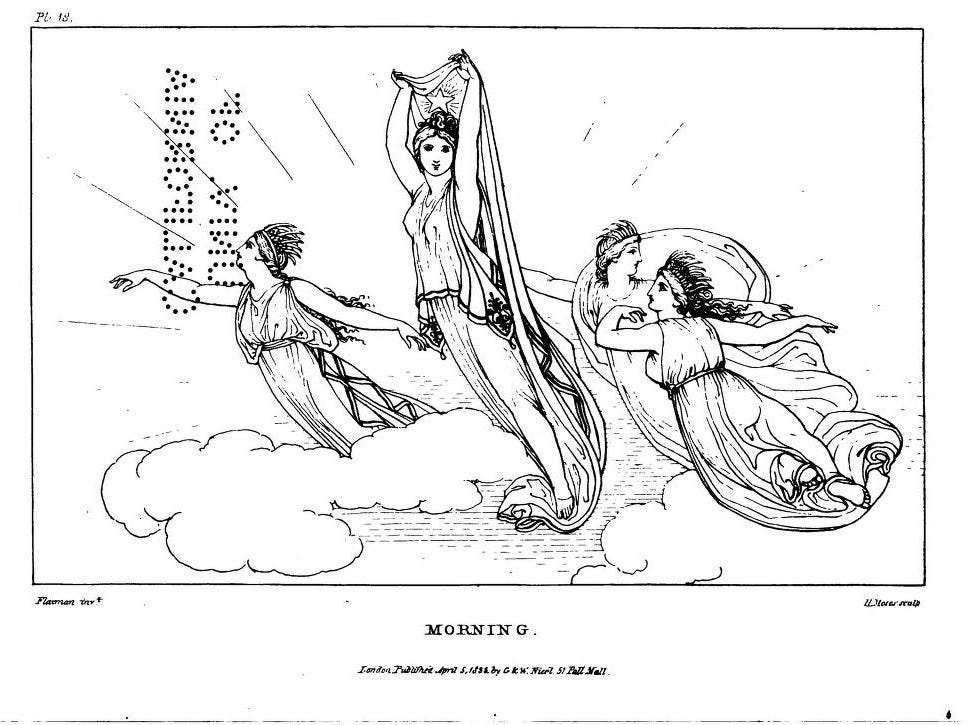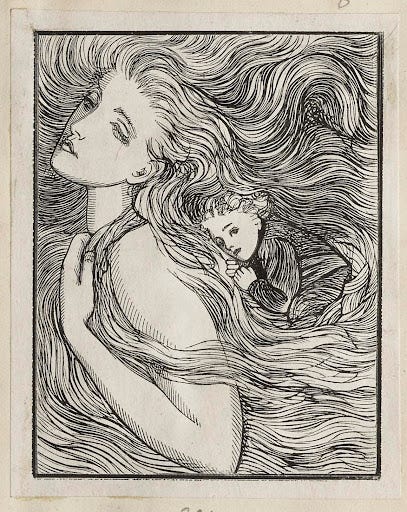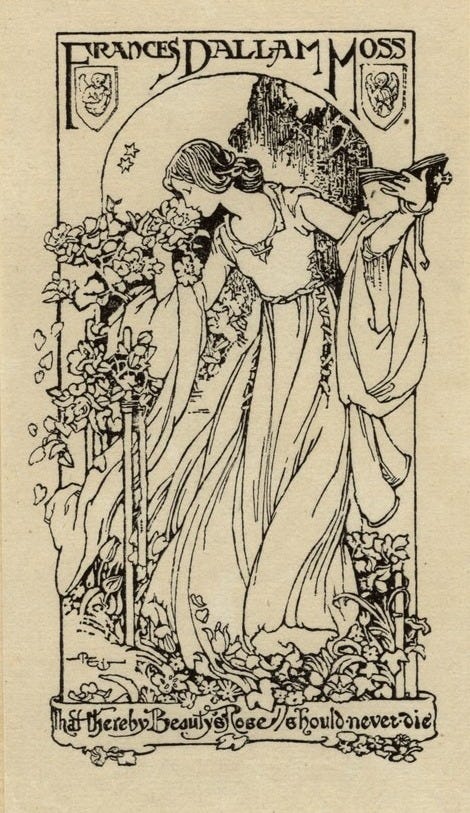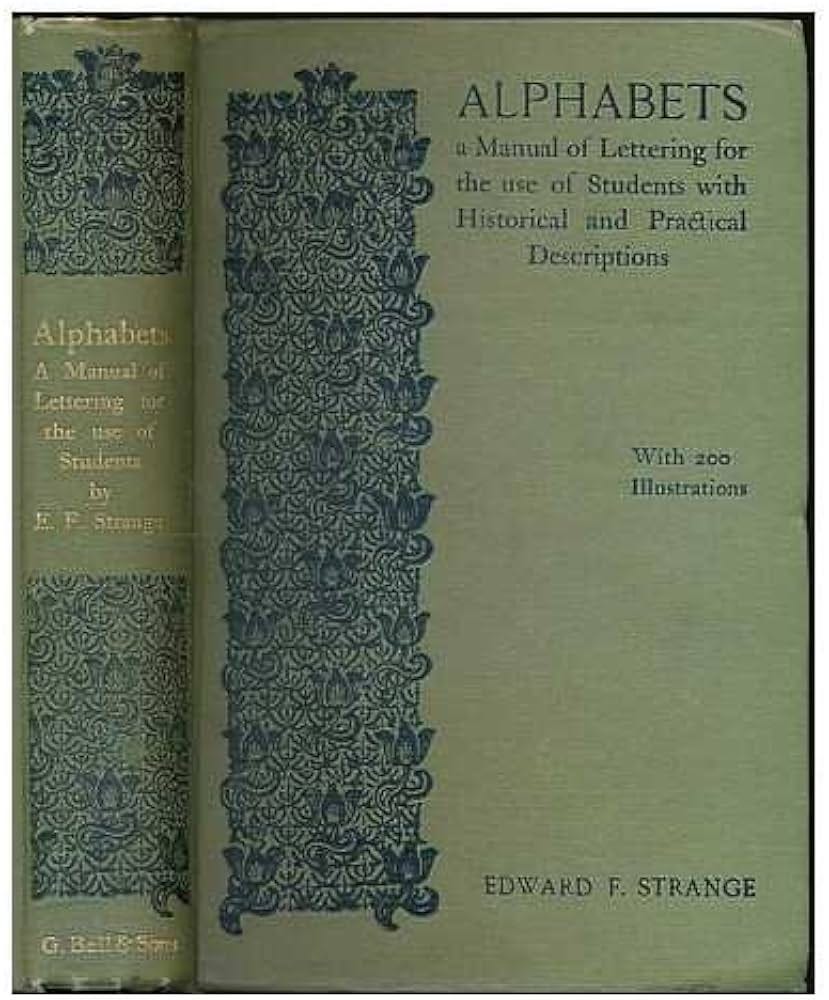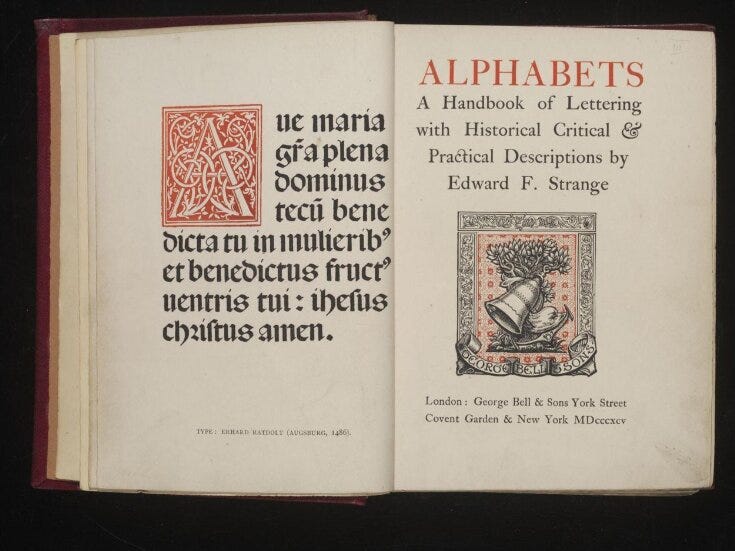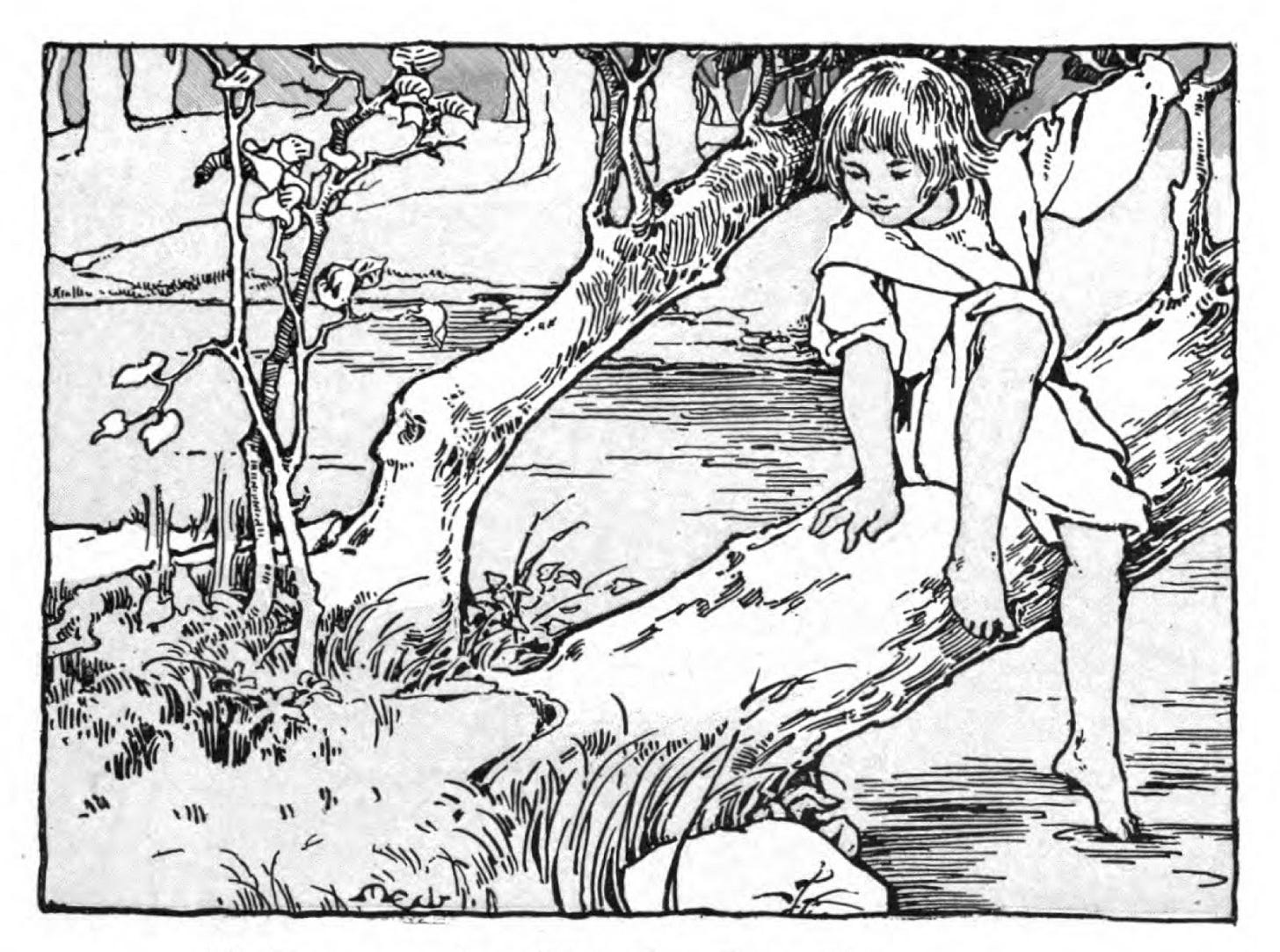
Margaret Ely Webb (1877–1965, Santa Barbara, USA) is an artist I mention constantly in this Substack — her illustrations are my all time favourite in the Arts & Craft movement. From a 1914 magazine article interviewing her she mentions a few books that made an impact on her as a child. Having been surrounded by books in her youth, this is what Bertha Niles reported in her interview:
One of a household where books have always been of absorbing interest, Miss Webb has grown up, naturally, in friendly intimacy with the best that has been written. History, fiction, folklore and legend, of all the ages and of many lands, together with the finest of poetry, old and new,—these have fused themselves into an atmosphere in which a naturally lively imagination could not fail to find wholesome stimulus.
Importantly, she had encouragement from her mother to take up drawing:
Indeed, as soon as her mother realized that the one thing she was going to do was to draw she made up her mind to see that the child’s imagination got its proper food, and every sort of good imaginative literature and picture was quietly laid where she would stumble upon it. At twenty Miss Webb had read only two or three books that her mother had not chosen.
Now onto the list!
The Story without an End (1833)
by Friedrich Wilhelm Carové, illustrated by Eleanor Vere Boyle
Webb writes: “Our rector’s wife gave it me on my seventh birthday. It was the story and the pictures together that entranced me,—very highly colored and highly finished pictures of a child to whom a violet leaf was a shelter, grass, a forest. I think all the elfin ideas I ever had came out of the text or the pictures.”
I’d never heard of Eleanor Vere Boyle before, and turns out she was strongly influenced by the Pre-Raphaelites and one of the most important female illustrators in the 1860s! Below is an example of another illustration by Boyle: Beauty and the Beast.
Pictures from the Poets (1883)
By T. Pym
In the original article it mentions “Pictures from the English Poets”. I’ve never been able to find this book however I think a lot of the books recalled in the article have truncated names (it happens to subsequent books in this list). The poets mentioned in the book include William Wordsworth; Robert Southey; H T Green; H Kirke White; Allan Cunningham; Adelaide Anne Procter; Thomas Hood; William Blake — all of who are English so I believe this to be the right book.
It’s clear to see the obvious influence Pym’s illustrations have had on Webb - the posed and dressed children couldn’t be any closer to Webb’s preferred subject matter. In the article she “copied and copied, and tried to imitate”. T. Pym was the pseudonym for Clara Creed, a Victorian illustrator who seems to be influenced by illustrator Kate Greenaway. Pic below to compare Webb’s drawing to Creed’s (Pym).
The Iliad and Odyssey of Homer
Translated by William Sotheby, illustrated John Flaxman
… and Flaxman’s drawings for the Iliad and the Odyssey came in among her earliest teachers.
At the Back of the North Wind (1871)
Written by George MacDonald, illustrated by Arthur Hughes
From Everyman’s Library: A Victorian fairy tale that has enchanted readers for more than a hundred years: the magical story of Diamond, the son of a poor coachman, who is swept away by the North Wind–a radiant, maternal spirit with long, flowing hair–and whose life is transformed by a brief glimpse of the beautiful country “at the back of the north wind.” It combines a Dickensian regard for the working class of mid-19th-century England with the invention of an ethereal landscape.
These maidens in classical dress with flowing hair resemble Webb’s illustrations so much. I had known of Arthur Hughes paintings before but didn’t realise he also illustrated books! I’ve added one of Webb’s illustrations below to compare.
The Decorative Illustration of Books Old and New (1905)
by Walter Crane
I have a modern reprint of this book in my own collection and it is just fantastic - it covers medieval manuscripts, the invention of the printing press, modern book art revival and even general principles in designing book ornamentation. Walter Crane was a prolific illustrator in the 19th century and he’s written other books on design and illustration too, including one of my favourites Line and Form.
Pen drawing and pen draughtsmen (1889)
by Joseph Pennell
The article mentions the History of Illustration in Pen and Ink by Joseph Pennell despite no book ever being published with this title. Pennell published a plethora of books so the closest I think is actually ‘Pen drawing and pen draughtsmen’ which details pen drawing of the past (including Titian and Rembrandt) and contemporaries in Spain, Italy, Germany, France, England and USA (Edwin Austen Abbey, Howard Pyle etc). It also has a chapter for ‘pen drawing for book decoration’ and suggested materials.
I’ve read this book some years ago and I still remember my favourite takeaway was Pennell’s suggestion to ‘outline the shadows’ — I’m so used to outlining the form of things and rather his technique is to outline the shape and more specifically shadows.
“… These, the books she loved before she was more than twelve or fourteen, seem to have had the most telling influence upon her taste and her style.”
While I was looking through Pennell’s books, I also found The Illustration of Books which has some more technical aspects like drawing for print reproduction.
Alphabets (1898)
By Edward F Strange
This book was actually a little challenging to find since all the text said was “a book of Mr Strange’s” — and no title. I deduced it had to be Edward F Strange’s book on Alphabets since the topic was on Webb’s lettering and found the front cover on the V&A site. Below I’ve done a deep dive on how Webb used this book for her lettering in her bookplate designs. In the full book link (above) you can find all sorts of exemplars and interesting alphabets from history.
Missing Link
The only book from the article I couldn’t find was Winifred Howell’s (1863-1889) sketchbook. She was the daughter of novelist William Dean Howells.
“The first time I remember really settling down to creating a work of art was when someone had shown me the drawings by a little daughter of William Dean Howells, who died when she was a little girl. She had been in Italy, and had filled a sketchbook with quaint little attempts in the manner of Botticelli and Pinturicchio, angels and saints,—original compositions. I wanted dreadfully to draw something, too.”
Hope you enjoyed reading this! This was really fun for me to put together - it’s not often you find a source for what your favourite artist was reading and influenced by.
-Jess


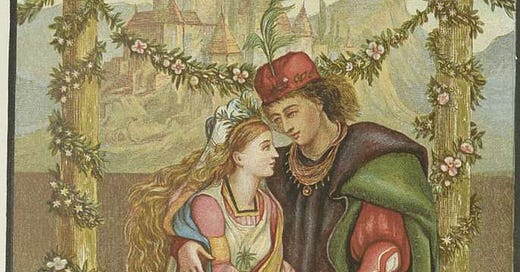


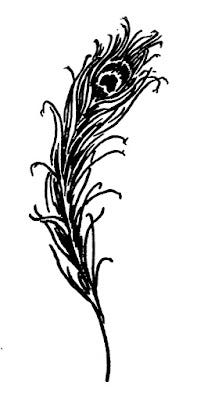
![The Story Without End by BOYLE, Eleanor Vere [E.V.B.] - Jonkers Rare Books The Story Without End by BOYLE, Eleanor Vere [E.V.B.] - Jonkers Rare Books](https://substackcdn.com/image/fetch/$s_!UrVH!,w_1456,c_limit,f_auto,q_auto:good,fl_progressive:steep/https%3A%2F%2Fsubstack-post-media.s3.amazonaws.com%2Fpublic%2Fimages%2Ff9caf16e-1002-477a-b1b9-05978bcba452_1983x1812.jpeg)
![The Story Without End by BOYLE, Eleanor Vere [E.V.B.] - Jonkers Rare Books The Story Without End by BOYLE, Eleanor Vere [E.V.B.] - Jonkers Rare Books](https://substackcdn.com/image/fetch/$s_!Q0I6!,w_1456,c_limit,f_auto,q_auto:good,fl_progressive:steep/https%3A%2F%2Fsubstack-post-media.s3.amazonaws.com%2Fpublic%2Fimages%2Fb3b2e0a0-0ed8-4694-a66f-77c5977d9230_1476x2000.jpeg)

